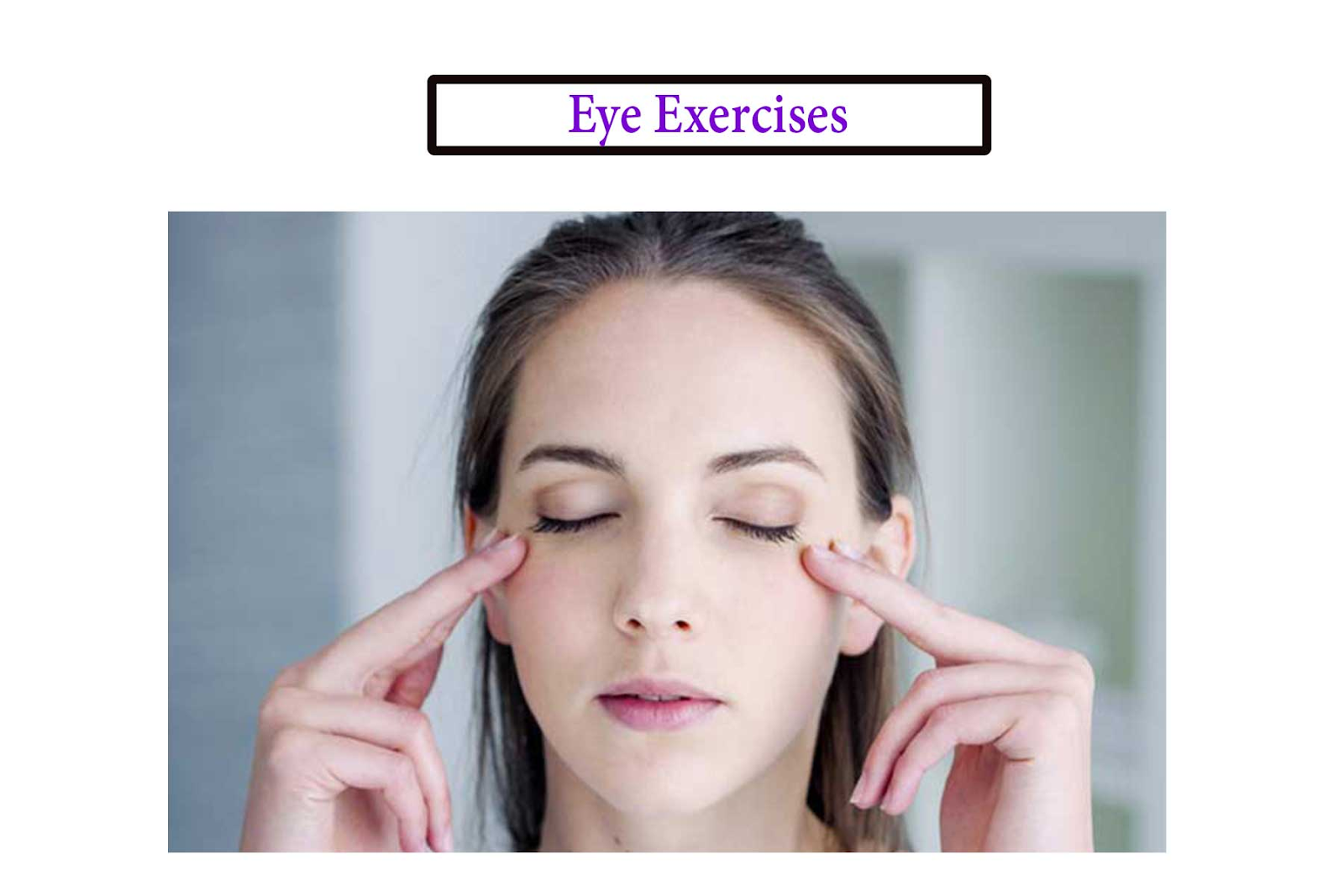Our eyes work tirelessly throughout the day, whether staring at screens, reading, or navigating the world around us. But how often do we think about exercising them? Like the rest of your body, your eyes benefit from regular care and exercise to stay healthy. This blog explores some of the best exercises for improving eye health, tips for integrating them into your daily life, and how small changes can lead to big improvements.
Why Eye Health Matters
Good eye health is vital for overall well-being. A clear vision helps you engage fully with life, from reading your favorite book to enjoying the great outdoors. With the increasing use of screens and exposure to artificial light, protecting your eyes has never been more critical. This is where exercise comes in—not only for your body but also for your eyes. Eye-specific exercises, combined with lifestyle choices like wearing blue-light glasses or polarised sunglasses, can help your eyes stay in top condition.
Best Exercises for Healthy Eyes
It’s time to give your eyes the workout they deserve. Here are some targeted exercises designed to boost eye health and alleviate strain:
1. Eye Yoga and Its Benefits
Eye yoga involves simple exercises designed to relax and strengthen the muscles around your eyes. One popular practice is ‘palming,’ where you gently rub your hands together to create warmth, then place them over your closed eyes. This soothes tired eyes and promotes relaxation. Other exercises involve looking in different directions—up, down, left, right—to improve flexibility and relieve stiffness. Taking a five-minute break for eye yoga can be as refreshing as a power nap for your vision.
2. Cardiovascular Exercises for Better Blood Flow to Eyes
Did you know that aerobic exercises like jogging, dancing, or cycling don’t only benefit your heart—they can also boost blood flow to your eyes? Improved circulation ensures your eyes receive the oxygen and nutrients they need to function optimally. Bonus? Spending outdoor time during these exercises also exposes you to natural light (in moderation), which can reduce eye strain caused by artificial lighting. Just make sure to protect your eyes with polarised sunglasses for safe exposure to bright sunlight.
3. Focus and Tracking Exercises for Visual Coordination
Strengthen your focus and coordination with simple yet effective techniques:
- • Near-to-Far Focus: Sit in a comfortable position and pick two objects—one close to you and one farther away. Alternate focusing on each for 10 seconds. This exercise is great for reducing the strain caused by prolonged screen time.
- • The 20-20-20 Rule: Every 20 minutes, look at something 20 feet away for at least 20 seconds. This reduces stress on your eye muscles and combats digital eye strain, especially if you spend long hours on screens. Pair this habit with blue-light glasses to add an extra layer of protection.
4. Posture and Neck Exercises to Combat Eye Strain
Often overlooked, posture plays a key role in eye health. Poor posture can lead to strained eye muscles due to incorrect positioning while working or reading. Regularly practicing neck stretches or shoulder rolls can improve posture and reduce neck tension, indirectly helping your eyes feel less fatigued. A strong, aligned posture ensures your eyes stay at a comfortable angle, especially during screen-heavy workdays.
Incorporating Eye Health Exercises into Your Daily Routine
Finding it hard to fit eye exercises into your day? Here are practical tips to stay consistent:
Morning and Evening Routines
Start and end your day with eye-focused care. Begin your mornings with palming or near-to-far focus exercises—both take under five minutes. At night, unwind with eye yoga to relax tired muscles and reduce tension from screen exposure.
Tips for Consistency
- • Set reminders on your phone to take brief eye breaks throughout the day.
- • Combine with other activities like stretching or practicing mindfulness to make it part of a bigger self-care routine.
- • Use tools like blue-light glasses to complement your efforts, especially if screen-based work dominates your day.
Progress Tracking
Keep a journal or note specific improvements in reduced eye strain, clearer focus, or decreased headaches. These small wins can motivate you to stay consistent.
Conclusion
Caring for your eyes doesn’t require drastic steps—just a little time and mindful attention each day. Whether it’s eye yoga, posture corrections, or wearing polarised sunglasses outdoors, these practices can make a significant difference in your eye health. Protecting your vision ensures you can enjoy the vibrant details of life without discomfort or strain.










